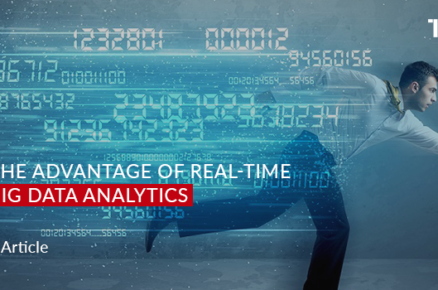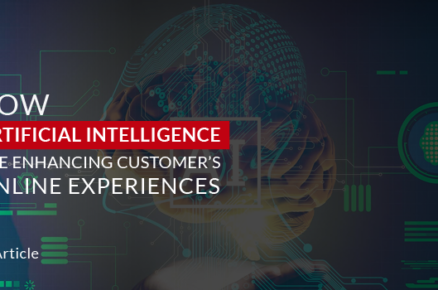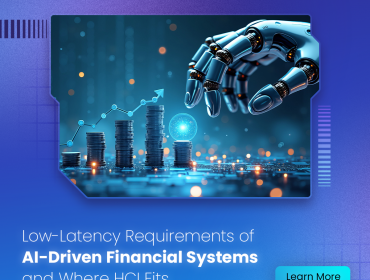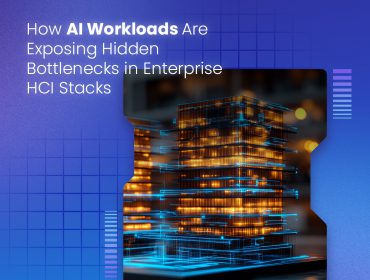The brick-and-mortar retail industry is not in a good moment right now. Much of the turmoil in this industry arises from the fact that consumers are looking for a richer, indulging industry experience that increases friction–far like what they’ve become accustomed to when shopping online. Consumers also expect [S1] traditional stores to capture the individuality’s essence-who they are, whatever they like, and also how they prefer information consumption. In order to improve profitability as well as customer loyalty, stores need to understand or align with customers ‘ expectations. Not only would they need to be aware, but they also have to go full throttle to embrace technologies like AI to influence and revolutionize customer behaviour.
According to a report, an adoption of AI-driven smart automation throughout the retail and consumer product sectors is projected to jump from 40% of businesses today to over 80% in three years.
Initially, retailers, as well as brands, use smart automation to improve efficiency and cut costs. As capacity matures, it opened up entirely new ways of doing things that can expand operational agility, develop decision-making speed and quality, and improve customer experience.
Three explanations of major players in the retail industry who fully implemented AI in the business operation were presented in the following sections. So is AI become the future in the retail industry?
Here are the following six methods in which the retail sector plans to use AI-based on feedback from the respondents:
- Demand forecasting (85%)
- Supply chain planning (85%)
- Customer intelligence (79%)
- Pricing and promotion (73%)
- Marketing, advertising, and campaign management (75%)
- Demand forecasting (85%)
“Retailers were increasingly used innovative technologies to give new ways to buy online and also in-store, as well as provide workers with rewarding careers,” said Mark Mathews, NRF vice president of study development and sector analysis, in a news release. “From reducing shipping charges and developing supply chain productivity to customizing shopping experiences as well as helping employees acquire new abilities, AI technologies enable retailers to compete throughout the economy of a 21st century or even better treat their customers.
For a few years now, predictive databases are used in retail. However, we’ve seen the fast speeds, scale, or value predictive analytics may produce over the last few years–with technological advances and artificial intelligence. Retail’s AI-enabled world tends to help business transition into a world in which consumers are often connected, more social, more mobile and where they choose to shop.
Deep learning in commerce
- The retail sector is one that has a lot to gain from the deep learning, partly because it is such a data-rich sector and so there’s also some momentum gathering around AI.
- In addition, many of the AI methods that appreciate success in many other applications throughout industries operated by deep learning are very well positioned to have a serious effect on retail, streamlining procedures, as well as transforming consumer experience into something largely resembles customer satisfaction when visiting online portals.
- Deep learning was the fuel for most of the early success of applied AI, so it’s not surprising that most of the first attempts to increase the experience of the offline shop have made the use of the power of deep learning throughout the classification of images. You could see the beginnings as to how deep learning suits comfortably in such a retail context when you look at maybe Shelf analytics to seek marketing effectiveness.
Automated AI
Retailers who can utilize automated AI abilities, as they have a strong impact on customer engagement with less effort to sales. The coolest part is–data which is already available for them and captured in the enterprise systems may accomplish this. There is more to it. The algorithms needed to power such systems were relatively easy to deploy as well as efficient to operate, like collaborative filtering;a method of making automatic predictions about the interests of a user by collecting preferences or taste information from many users.











